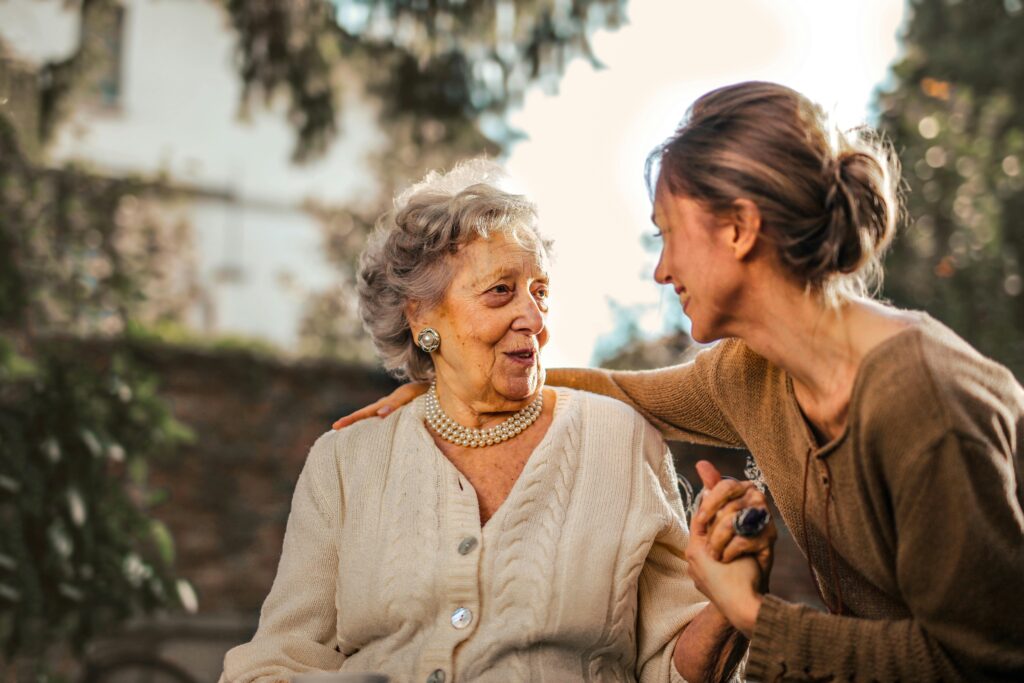Recognizing BIPOC Mental Health Awareness Month

As we step into July, it’s time to recognize BIPOC Mental Health Awareness Month—a moment to highlight the mental health struggles and successes in Black, Indigenous, and People of Color communities. Started by Bebe Moore Campbell, an author and mental health advocate, and formalized by Congress in 2008, this observance focuses on the unique challenges that underrepresented groups face in getting mental support and services.
The Historical Context
Historically, BIPOC communities have faced significant barriers in getting mental health care. Systemic racism, cultural stigmas, and socio-economic disparities have made it tough to access crucial resources. According to the National Alliance on Mental Illness, only one in three Black adults who need mental health care actually get it. The same goes for Latino, Asian, and Native American communities, who also have lower rates of mental health service use compared to their white counterparts. These disparities show the urgent necessity for mental health support systems that can meet the unique needs of BIPOC individuals.
Cultural factors also play a big role in accessing mental health care. Many BIPOC communities have strong cultural beliefs that can discourage seeking help for mental health issues, seeing them as personal weaknesses or private matters that shouldn’t be discussed outside the family. This cultural perception often keeps people from getting the care they need, making mental health disparities even worse.

The Changing Narrative
Fortunately, things are changing. More awareness and advocacy have led to better culturally competent care and resources tailored to BIPOC individuals. There’s growing recognition that mental healthcare needs to be inclusive and accessible to everyone. National initiatives and grassroots movements are working hard to break down the prejudices and barriers that have long marginalized these communities. Programs focusing on community-based mental healthcare, peer support, and blending traditional healing practices with modern therapeutic approaches are gaining traction and showing promising results.
Mental health education and awareness campaigns are also helping change perceptions and reduce stigma. By getting communities involved in open conversations about mental health and sharing stories of resilience and recovery, these initiatives are creating a more supportive environment where people feel empowered to seek help.

Our Commitment
Here at Valera Health, we’re committed to being part of this change. Our comprehensive treatment approach ensures we don’t turn away patients based on the severity of their conditions or their insurance status. By offering one-on-one consultations, group therapy sessions, and a range of therapeutic options, we provide a supportive environment where patients can connect, share, and heal. In 2023 alone, Valera Health provided over 260,000 visits across ten states, with a large portion of those visits serving patients on Medicaid or Medicare. These numbers underscore our dedication to breaking down financial barriers and ensuring mental healthcare is a right, not a privilege. Our diverse team of therapists reflects the communities we serve, creating a culturally competent environment where patients feel seen, understood, and valued.
We know that mental healthcare needs to be adaptable to meet the varying needs of our diverse patient population. That’s why we constantly strive to improve our services by incorporating feedback from our patients and staying current with the latest advancements in mental healthcare. This commitment to excellence ensures we can provide the highest quality of care to those who need it most.
How You Can Help
As we celebrate BIPOC Mental Health Awareness Month, we invite you to join us in advocating for mental health equity. Whether it’s by participating in local events, supporting mental health initiatives, or simply having open conversations about mental health with your friends and family, every bit counts. Advocacy can take many forms, from volunteering with organizations that support mental health to using your platform to raise awareness about mental health issues affecting BIPOC communities.
At Valera Health, we remain committed to providing exceptional, inclusive care. Together, we can keep changing the narrative around mental health in BIPOC communities and make sure everyone has access to the resources they need to thrive. By working together, we can create a more equitable and compassionate mental healthcare system that treats everyone with the dignity and respect they deserve.
This July, let’s honor BIPOC Mental Health Awareness Month by acknowledging the past, celebrating the progress, and committing to a future where mental healthcare is accessible to all. Through our combined efforts, we can make a meaningful difference in the lives of those who have been historically underserved and overlooked, paving the way for a brighter, healthier future for everyone.
























